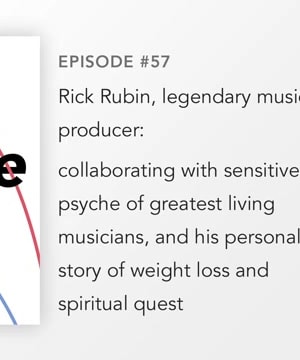Balancing art and commerce
Sources:
Balancing art and commerce involves a series of intricate negotiations between personal creative passion and the financial demands of sustaining that creativity. Here are a few perspectives from various experts on this balance:
-
Abbi Jacobson and Andy Pizza discuss how the business world pushes creators to continually produce, even when they might not feel ready. Jacobson emphasizes the importance of maintaining a personal point of view and sometimes shifting focus to specific topics to keep creativity fresh 1.
-
Rick Rubin shares his approach, which prioritizes getting the art right. He believes that pure artistic integrity naturally leads to successful commercial outcomes. Rubin advises artists to focus on the creative process rather than worrying about the commercial aspects, as this focus helps maintain a high level of creative work that can still be commercially viable 2.
-
Jonathan Fields and Irene Shiang Li highlight the challenges when initial business success starts to overshadow the passion that spurred the venture. Li notes the need for balancing personal passion with business necessities and how this dynamic forced her to blend creativity with commercial responsibility successfully 3.
-
Rich Roll and Chase Jarvis explore the inherent tension between art and commerce. They note that this tension can sometimes produce great works by forcing creators to innovate and navigate market demands. They also discuss the importance of not shying away from commercial aspects, as money enables the continuation and sustainability of creative pursuits 4.
-
Gary Vaynerchuk suggests prioritizing what one loves over financial gain. He advises creating a personalized schedule that allows time for pure creative activities while managing commercial responsibilities. This approach helps maintain the essence of one's artistic passion while still engaging in profitable ventures 5.
These insights underscore the delicate balance between maintaining artistic integrity and achieving commercial success. The common thread is the need for a clear focus on the creative process, while also innovating and adapting to market demands to ensure sustainability and growth.
RELATED QUESTIONS-

